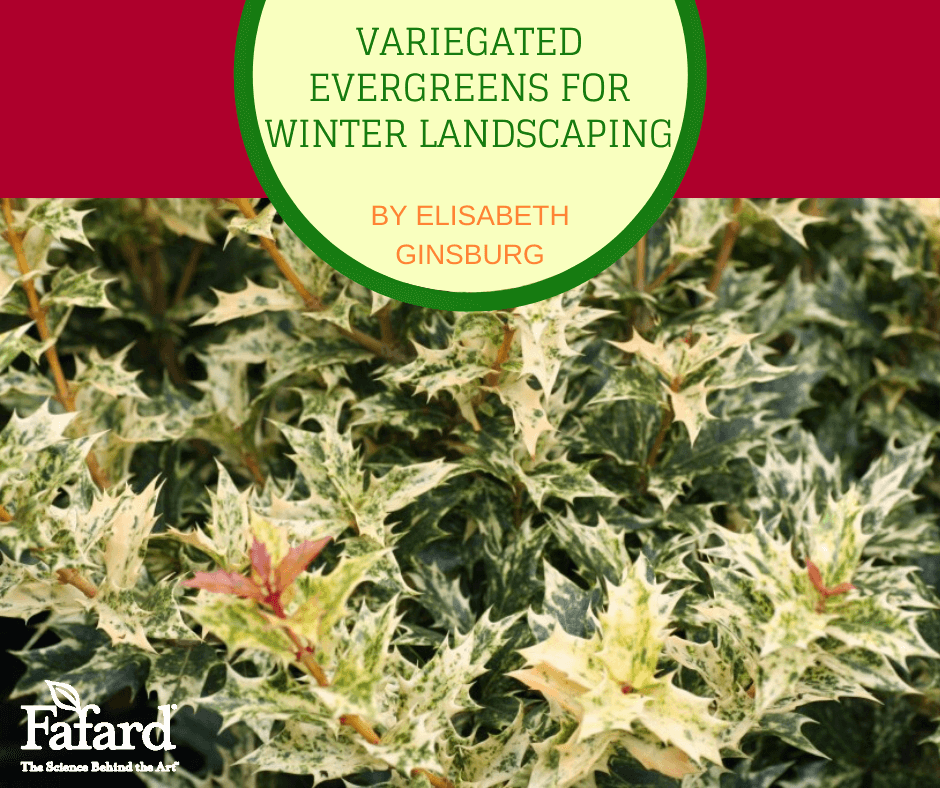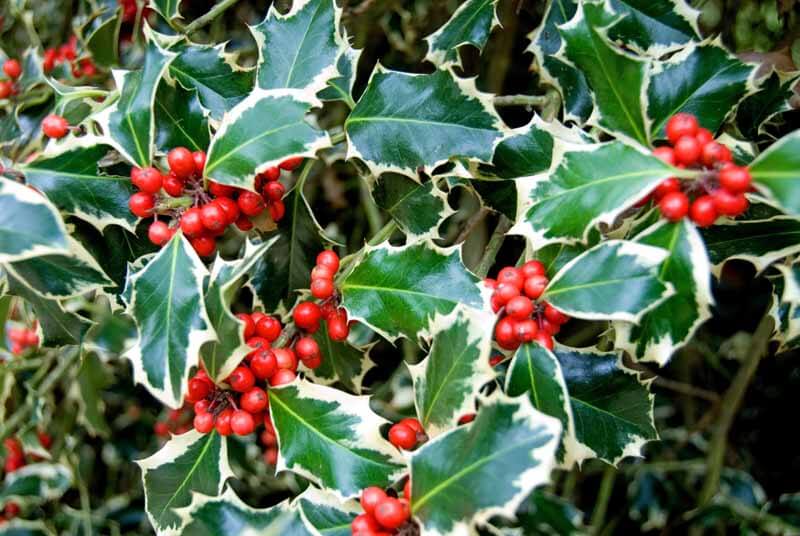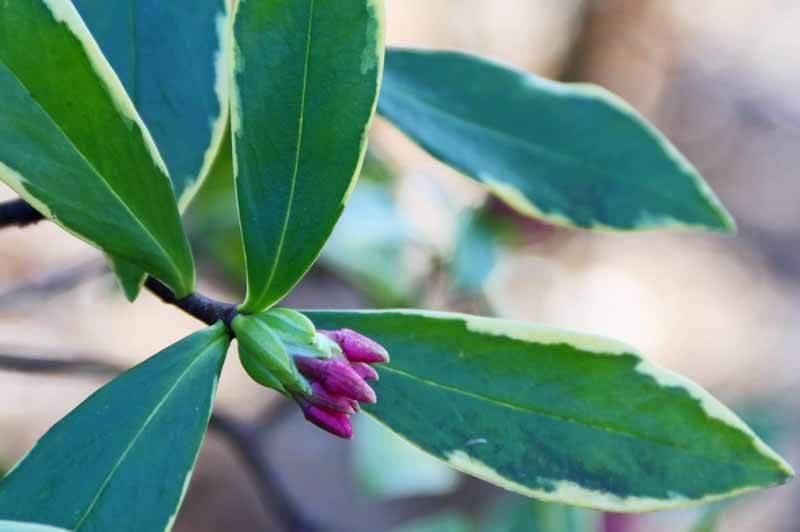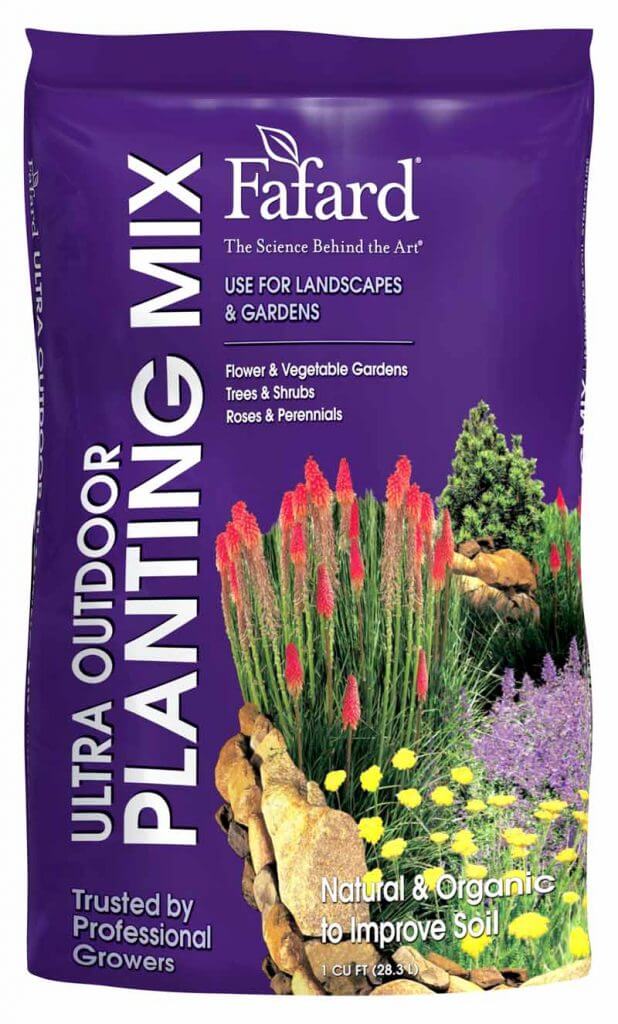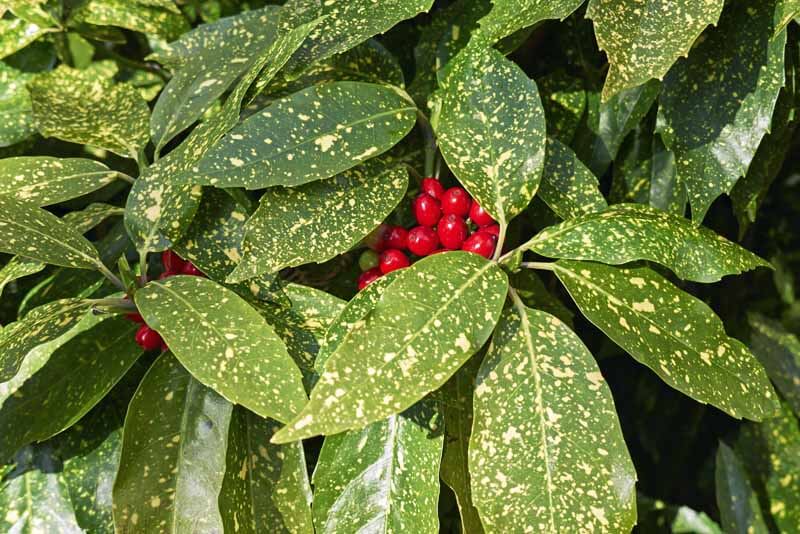
It takes all types to make a perennial border, from seasonal thrillers (such as oriental poppies and hybrid tulips) to carpeting fillers. But no type is more valuable than the sort that is tall and trouble-free and has handsome foliage that doesn’t quit. Such dominant, “architectural” perennials are perfect for providing the structural backbone of the border, punctuating and unifying it with season-long form and texture.
 Many of the best architectural species for sunny borders hail from the prairies and meadows of central and eastern North American, where big, beautiful perennials reign supreme.
Many of the best architectural species for sunny borders hail from the prairies and meadows of central and eastern North American, where big, beautiful perennials reign supreme.
Eastern bluestar (Amsonia tabernaemontana), for example, occurs in moist open habitats from the upper Mid-Atlantic to Texas. A variable plant in the wild, in cultivation it typically forms 3- to 4-foot-tall clumps of sturdy upright stems clothed with slender, willowy, lance-shaped leaves. The foliage stays healthy and lush all growing season. Clusters of powder-blue, star-shaped flowers cover the plant in mid-spring, and the leaves glow butter yellow in fall. This long-lived species will thrive for decades in fertile, humus-rich garden soil. (Sandy or clay soil can be amended with a good amendment, such as Fafard Premium Topsoil).

Several other bluestar species are also well worth growing, especially Hubricht’s bluestar (Amsonia hubrichtii), whose narrow, ribbon-like leaves form feathery 3-foot mounds. It, too, blooms blue in spring and turns buttery yellow in fall. The compact hybrid cultivar ‘Blue Ice’ is likely the best of all Amsonia for the garden, though its tidy, compact stature is less bold and architectural than most species.
Wild indigo (Baptisia australis) shares Eastern bluestar’s general geographic range, bloom time, stature, and longevity. Its spires of violet-blue flowers, however, are a different thing entirely. So, too, are its grayish-green, three-parted leaves and large, inflated seed pods. Plants emerge relatively late in spring, the asparagus-like new shoots developing rapidly into leafy 3- to 4-foot domes (or 18 to 24 inches in the case of subspecies minor). Yellow wild indigo (Baptisia sphaerocarpa) does much the same thing, but with grayer foliage and luminous yellow flowers. It’s also more adaptable to dry sites, making it a good choice for xeric gardens. White-flowered wild indigo species include lofty white wild indigo (Baptisia alba) and the relatively compact longbract wild indigo (Baptisia bracteata var. leucophaea), which holds its creamy blooms on gracefully bowing stems.

Yet another lordly legume from the central and eastern U.S., wild senna (Senna hebecarpa) produces bright yellow midsummer flowers on towering stems that can reach 6 or 7 feet in sites with moist, fertile soil. The pinnate, ferny leaves give it a light, airy presence, despite its imposing size.
The same can be said of Culver’s root (Veronicastrum virginicum). Its majestic, 4- to 6-foot stems carry well-spaced, star-like whorls of narrow, pointed leaves, to elegant, almost weightless effect. Candelabras of frothy white or pink flowers develop atop the stems in midsummer. Like wild senna, it grows best in full sun to light shade and moist, relatively fertile soil, and is native to much of central and eastern North America.

The steppes of Central Asia are another hotbed of large, handsome perennials, including the misleadingly dubbed Russian sage. In fact, Perovskia ariplicifolia (and its near-twin, Perovskia abrotanoides) is from Afghanistan, Pakistan, and Tibet, rather than Russia. No matter; it’s still among the best architectural perennials for hot, sunny garden habitats with dry, lean soil. Technically a subshrub, it sends up 2- to 5-foot, silvery stems from a low, woody framework. Dainty, fuzzy, aromatic leaves line the stems’ lower reaches, below branching clusters of misty lavender-blue summer flowers. Numerous selections and hybrids of the species are available, including lace-leaved ‘Filigran’ and dwarf ‘Little Spire’.

Two of the finest groups of perennials for shady gardens have both Asian and North American roots. The genus Aralia offers architecture aplenty, comprising some of the supreme foliage plants for partial to full shade. Eastern North American native spikenard (Aralia racemosa) gradually matures into a 4- to 6-foot clump of immense compound leaves that suggest something tropical. Sprays of small, white, starburst flower clusters stand tall in midsummer, ripening to purple berries. Some forms of spikenard have burgundy-purple stems that add to the drama. East Asian aralias include A. cordata and its radiant chartreuse-yellow cultivar ‘Sun King’.
Members of the erstwhile genus Cimicifuga (recently lumped into Actaea) also loom large in the shady perennial border, both literally and figuratively. With their artfully divided leaves and showy candles of fragrant white flowers, bugbanes are perfect for bringing life and light to the garden. Maroon-leaved cultivars such as ‘Black Negligee’ are the current darlings of designers, but perhaps the gem of the genus is Actaea rubifolia, from the mountains of the Southeast U.S. The luxuriant, jagged, maple-like foliage alone puts it in the first rank of perennials, and its showy white wands are the equal of any bugbane.

